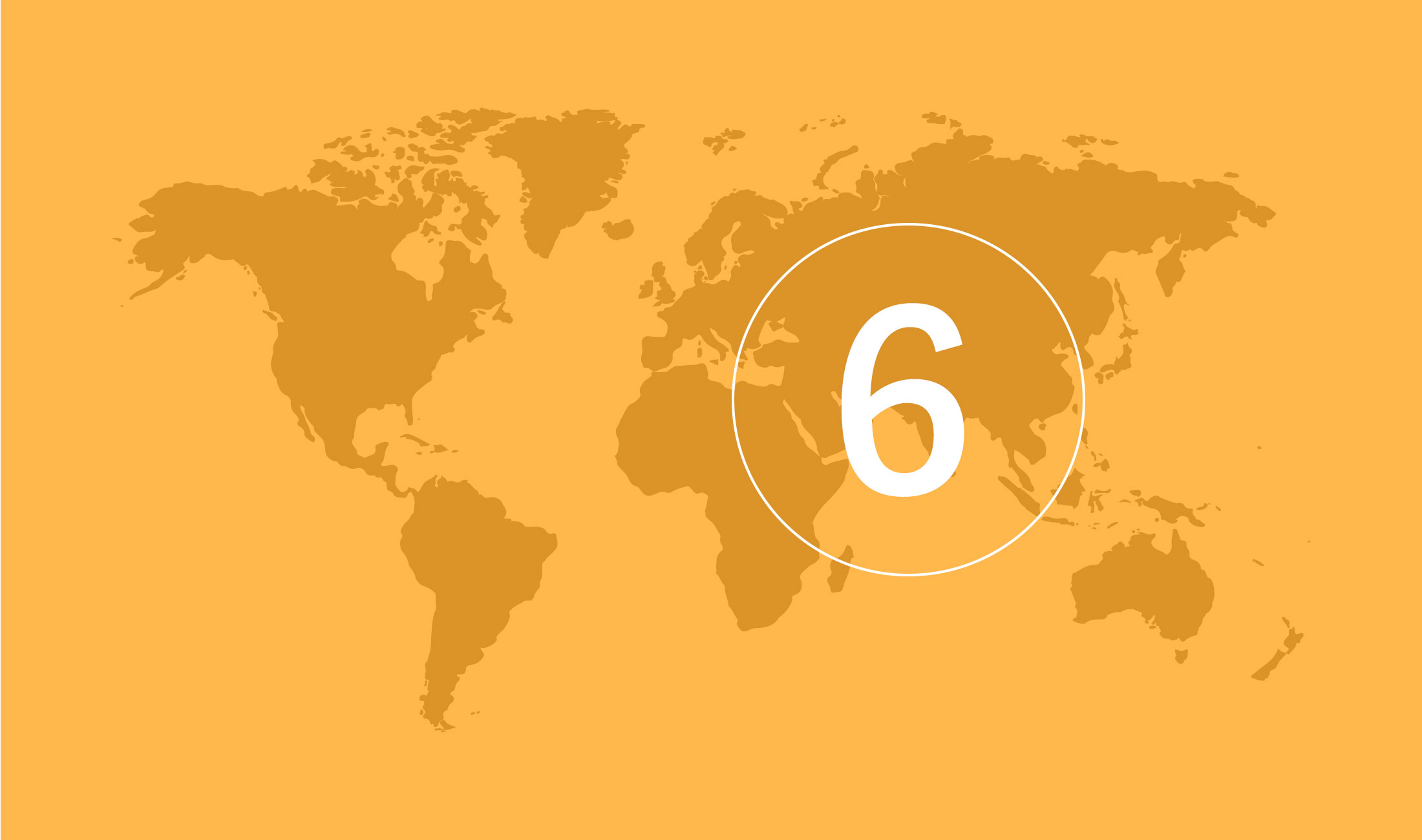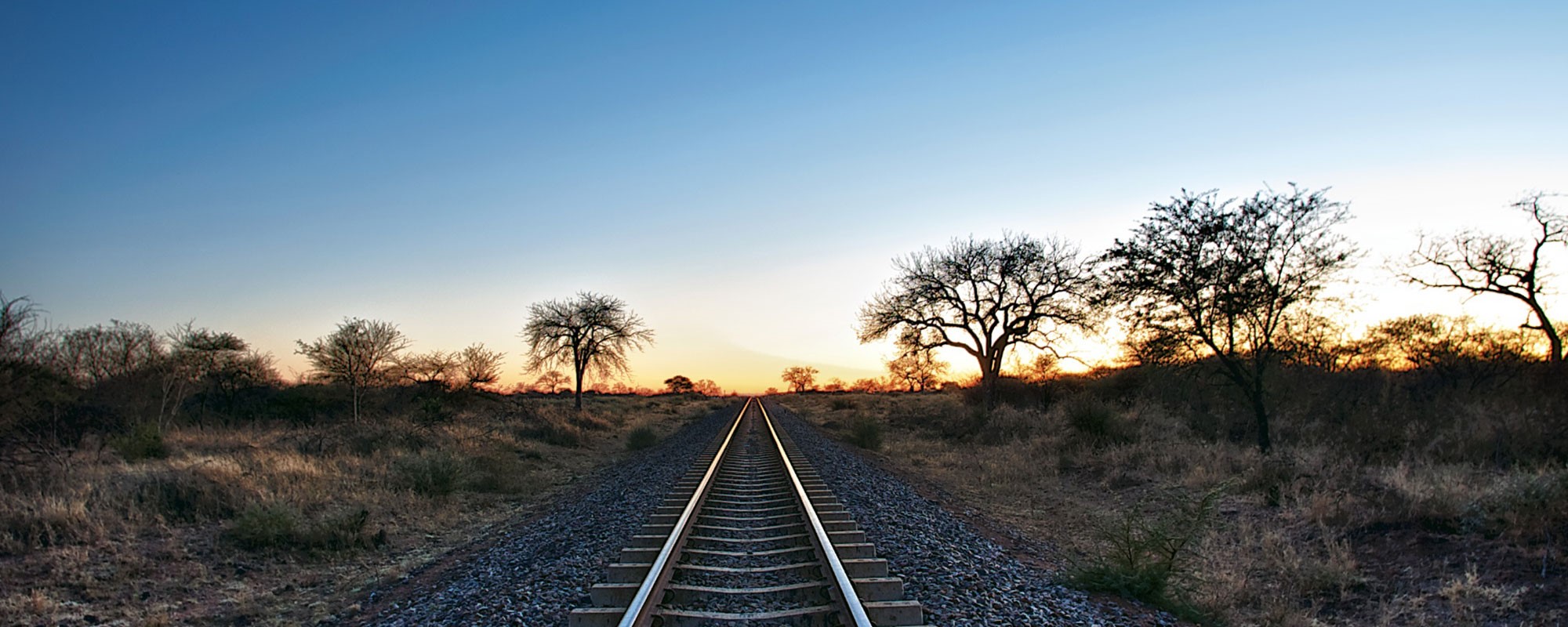
Tanzania
Category
6 of 7
| Risk type | Short | Long |
|---|---|---|
| Sovereign | ||
| Public | ||
| Bank | ||
| Corporate |
The icons indicate EKN's risk assessment.
A lower country risk category means a lower country risk. The icons mark EKN's ability to cover risks to different buyers in the country.
-
No policy established
- EKN has not analysed this country recently and therefore has no current opinion. If an exporter submits an application for such a country, EKN performs an analysis of the country at short notice and determines a policy.
-
Normal risk assessment
- EKN decides on guarantee issue based on an assessment of risk in the transaction. There are no predefined restrictions in the risk assessment or assumptions for risk assessment.
-
Restrictive risk assessment
- EKN sets stricter requirements in the risk assessment in order to guarantee a transaction. EKN may have specified special criteria that are key to the risk assessment of the guarantee holder category in question. This may mean that EKN sets a requirement that the counter party must have its own hard currency earnings or that external support can be expected, or that EKN sets a requirement for a letter of credit, government or bank guarantee. If the formulation of the transaction deviates from a defined restriction, we normally set more stringent conditions and may in the worst case refuse to guarantee the transaction. More stringent conditions may be that we reduce the sum guaranteed, raise the premium or require some form of security.
-
Normally off cover
- Here EKN does not normally cover currency transfer risks. However in some circumstances EKN may be able to go further with high risk countries than the restrictions of the country policy indicate. The application is then tested under the so-called GSL facility, which refers to guarantee issue with special country evaluation. There are specific requirements for this, primarily that the exporter has experience of the market in question. The risk is then shared with the exporter and by means of a mark-up on the premium.
-
OECD or EU countries
- Because of EU rules, EKN cannot issue guarantees for transactions with a risk period of less than two years for exports to Australia, EU countries, Iceland, Japan, Canada, Norway, New Zealand, Switzerland or the USA. If you have any questions, please telephone us on +46 8-788 00 00.
Country risk analysis
Country Risk Analysis of Tanzania
The latest Country Risk Analysis of Tanzania was issued in July 2025.
Background
Since 2010, Tanzania’s economy has achieved high growth, averaging around six percent per year. The economy is relatively diversified with good growth potential, not least thanks to high savings and investment rates compared with most other African economies. From a regional perspective, Tanzania’s macroeconomic and fiscal stability is strong. Inflation is low relative to the regional average, and interest rates have fallen significantly since 2017. Public debt as a share of GDP is on an upward trend, but rising at a much slower pace than in many other African countries that, like Tanzania, have invested heavily in infrastructure.
One reason is that Tanzania’s Ministry of Finance is relatively cautious regarding external borrowing and sovereign guarantees compared with many other African nations. Extensive bureaucracy also has a dampening effect, as decisions on external borrowing, like most decisions in Tanzania, undergo a lengthy consultative process. Thanks to significant foreign currency earnings and limited external debt, external liquidity is good. Tanzania’s largest export product is gold, which accounts for just over 30 percent of exports.
Weak institutions and a difficult business environment, including high levels of corruption, dominate the risk landscape. Tanzania’s institutions rank worse than two-thirds of countries worldwide in the World Bank’s Worldwide Governance Indicators (WGI), and overall administrative shortcomings persist. The country’s large agricultural sector exposes it to climate change-related risks—especially storms, fires, rising sea levels, and floods. Low income levels and relatively weak institutional capacity mean Tanzania has limited ability to mitigate these risks.
In the ND-GAIN index (2023), which measures countries’ vulnerability to climate change and their adaptive capacity, Tanzania ranks 147th out of 187 countries. The need for economic transition is moderate, except for large gas reserves, the development of which could face financing difficulties in the future. The international criticism of the oil pipeline (EACOP) being built from Uganda to the port of Tanga, for example, has been substantial.
Politics remains dominated by the ruling party Chama Cha Mapinduzi (CCM), which, along with its predecessor TANU, has governed the country since independence. Since 2021, Samia Suluhu Hassan has been president. Under Samia, Tanzania has pursued a more active foreign policy, the business climate has become less erratic compared with the Magufuli years, and certain steps towards greater political freedom have been taken. However, overall political change is expected to remain limited under Samia. CCM remains largely synonymous with the state, and political freedom is significantly curtailed. At the same time, Tanzania retains a long tradition of political stability, which is a significant strength.
Samia’s reforms near their limits
In April 2025, the USA imposed 10 percent tariffs on all imports from Tanzania as part of Trump’s tariff package. Given that exports to the US account for only about one percent of Tanzania’s total exports, the overall negative impact will be small, though individual sectors—such as coffee and textiles—risk being affected. Higher gold prices, however, have an offsetting effect.
As a result, Tanzania continues to rank among the more stable countries in the region from a country risk perspective. Between 2025–2027, the economy is expected to grow by over six percent per year. Agriculture, financial services, and construction are the main growth sectors. Inflation is somewhat higher than the past five years, but at four percent remains low by regional standards and comfortably below the central bank’s long-term target of five percent. Public finances continue to be stable by regional standards.
According to the IMF’s April forecast, the budget deficit is expected to fall below three percent of GDP in 2025, reflecting a downward trend in public debt as a share of GDP. While this appears optimistic given that 2025 is an election year, the longer-term trend is clear. The IMF forecasts that public debt will approach 40 percent of GDP by 2027 and continue to decline. However, public interest costs remain elevated, at just over 15 percent of GDP—a high but not alarming level.
On the external side, developments are also stable. The current account deficit is expected to narrow to three percent of GDP in 2025, mainly thanks to higher export revenues from tourism, gold, cashew nuts, and tobacco. The Bank of Tanzania is also purchasing gold directly from sellers to bolster reserves. As a result, foreign currency reserves are expected to rise slightly to cover 4.2 months of imports in 2025, which should help ease the hard currency pressures Tanzania experienced in 2023/2024. EKN has observed increased payment delays in the paper industry in recent years as a result of these currency shortages.
After having been stable and largely controlled, the Tanzanian shilling has become significantly more volatile since early 2024, when the Bank of Tanzania shifted to an interest-rate-based monetary policy framework. Between January and September 2024, the shilling lost nearly eight percent of its value against the USD, then strengthened by 25 percent until mid-December, before depreciating again by just over 20 percent against the USD. This volatility is explained by low export revenues from agricultural crops and tourism, a recurring seasonal pattern. While higher volatility creates market uncertainty, it is fundamentally a positive sign of a more flexible exchange rate regime, which should support greater foreign currency liquidity going forward.
Comprehensive political reforms were unlikely when Samia assumed the presidency in March 2021, although certain steps were initially taken, such as rolling back some of Magufuli’s political initiatives. However, with rising political repression and violence over the past year, including the arrest of opposition leader Tundu Lissu in April 2025, it is now clear that extensive democratic reforms are not part of Samia’s agenda. With no strong opposition and full control over the state apparatus, CCM and Samia are expected to win the October 2025 election.
In the November 2024 local elections, CCM won an improbable 99 percent of the vote. The upcoming election will likely face criticism from opposition parties and possibly international observers, but it is unlikely to trigger large-scale popular protests, at least on the mainland. On semi-autonomous Zanzibar, the presidential election could prove both contentious and violent, as CCM struggles to secure victory there.
Zanzibar has autonomy in matters not relating to the union with Tanzania and elects its own president, making the election important for CCM. Samia’s position within the party has consolidated in recent years, but her leadership is not unchallenged, and some observers attribute the recent political repression to her rapprochement with the Magufuli-aligned faction within CCM. She does not appear particularly popular with the general public, suggesting continued heavy-handedness around the election. This could raise investor concerns and may eventually erode the renewed political and economic support from Tanzania’s Western partners. Unlike in neighbouring Uganda, which has a strong opposition, political violence in Tanzania tends to concentrate around election years and usually subsides thereafter.
Overall, recent risk developments confirm Tanzania’s position in the middle of country risk category 6. Growth, public finances, and political stability remain strengths, while low income levels, weak institutions, and a challenging business and investment climate continue to be weaknesses.
Business environment
Under President Samia, political leadership has become more predictable, the tax authority is used less for political purposes, and cross-border trade has expanded thanks to improved relations with neighbouring countries. Rules on work permits for investors and foreign entrepreneurs have also become more generous. These changes are reflected in the World Bank’s WGI, where Tanzania’s rankings have improved slightly in recent years for rule of law, control of corruption, and government effectiveness.
Compared with the Magufuli years, business sentiment—especially among international firms—has improved. The port of Dar es Salaam remains inefficient, but improvements have been made, and since 2024 the Dubai-based company DP World has managed the port. According to the World Bank and S&P’s Container Port Performance Index, the average wait times for ships to enter the port decreased significantly during 2022–2023. Investments continue in the rail network, hydroelectric dams, and power transmission. Major investments are underway in the Dar es Salaam-Mwanza railway and the EACOP oil pipeline from Uganda.
Nonetheless, the business and regulatory environment in Tanzania remains difficult, characterised by weak institutions, extensive bureaucracy, and corruption. Complex and bureaucratic tax administration, opaque licensing processes, deficient legal frameworks and court systems, and pervasive government intervention in business are described as especially challenging for companies. There remains scepticism towards international firms, and implementation of local content rules in the mining sector is cumbersome.
Compared with neighbouring Kenya, the business climate in Tanzania is much more bureaucratic, complicated, and unpredictable.
EKN’s business assessment considers the risk of negative impacts on human rights (HR), focusing on potential impacts arising from activities in thecountries where exported goods will be used. Issues of particular importance include working conditions, child and forced labour, excessive use of force by security forces, indigenous peoples’ rights, and land rights.
In Maplecroft’s HR index for these dimensions, Tanzania shows a significantly higher human rights risk profile compared with OECD high-income countries. Even compared with countries at similar income levels, Tanzania scores somewhat higher risk levels for several indicators, with particularly elevated risks concerning indigenous peoples’ rights.
EKN’s policy
EKN applies standard risk assessment for sovereign, corporate, and bank risks, covering both short and long tenors. For other public sector risks—such as ministries or government agencies—letters of credit, bank guarantees, or sovereign guarantees are required.
EKN’s commitment and experience
EKN’s exposure is almost entirely comprised of one guarantee and one offer related to deliveries to the Standard Gauge Railway (SGR), both classified as sovereign risk. Otherwise, there is a range of smaller transactions in the telecom, mining, paper, transport, and power sectors. Payment experience is generally good. Current payment delays mainly involve buyers in the paper industry and telecom sector.
The delays in the paper industry are related to hard currency shortages, which have been a trend in recent years. Current claims mainly relate to three transport industry transactions from 2015–2019 involving two different oil companies. EKN also holds claims of just under SEK 9 million related to mining equipment transactions from 2011–2017. In all cases, the cause of loss has been commercial. Sweden has had four Paris Club agreements with Tanzania, and in the early 2000s Tanzania received debt relief (under HIPC), including from Sweden.
Learn more about exporting to Tanzania

- Sustainability
- Financing
Fastest railway in East Africa
A new railroad with high-speed trains is connecting the coast of Tanzania to the centre of the country. Attractive financing and a comprehensive sustainability and environmental agenda render the multi-billion dollar project a showcase to the entire continent. Here’s how.
Fastest railway in East AfricaMore for companies that want to export to Tanzania

EKN's guarantees
EKN's guarantees reduce the risk of payment defaults and help banks support businesses. Which guarantee suits your needs?
EKN's guarantees
Guarantee guide
Are you unsure which guarantee is the best fit for your specific transaction? Try our guarantee guide.
Guarantee guide